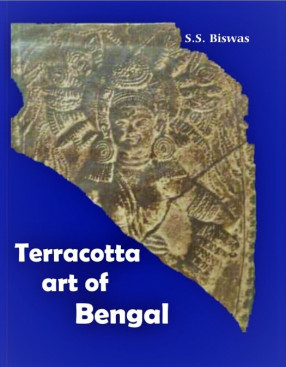The Art of Bodhgaya (In 2 Volumes)
Bodhgaya is one of the four important religious sites (Lumbini, Bodhgaya, Sarnath and Kusinagar) of pilgrimage for the Buddhists. Of the four sites connected with the life of Buddha, Bodhgaya occupies a place of pre-eminence for it was here that Sakyamuni Gautama attained enlightenment and became ‘Buddha’ – the awakened one. The event of Buddha’s enlightenment at Bodhgaya inspired artistic creative urge among the artists for generations throughout the eastern world and to create art, architecture, frescoes as also literary compositions of unsurpassed quality and rich variety.
An archaeological site museum was established here in the year 1956 to house the antiquarian wealth that were found and excavated from around the vicinity of the temple complex. The museum has a collection of Buddhist sculptures ranging from 1stcentury BCE to 11thcentury CE. The book has been divided into two major sections; the introductory section deals with the geography of the region and its significance, the antiquity of the sites, the temples and architectural remains, the antiquities and their artistic merits in Indian context. The next part of the book includes an illustrated descriptive catalogue of all the art objects (Acc. No.1-1575) belonging to the site museum of the Archaeological Survey of India.
The present volume is for the first time provides a panorama of historical evolution of Indian Art at Bodhgaya and also brings together all the art objects preserved in the archaeological site museum in the form of a comprehensive illustrated catalogue. Hope, the scholars, researchers as well as general readers will find the volume a useful one.
Get it now and save 10%
BECOME A MEMBER








Bibliographic information